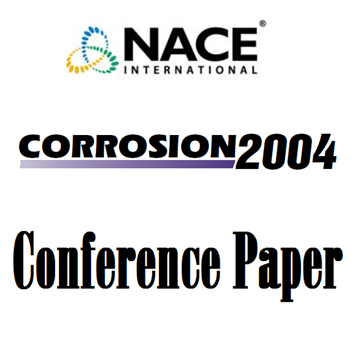Search
51316-7610-Behavior of Steels and Alloys in Concentrated Sulphuric Acid under Different Flow Regimes – New Perspectives
Also Purchased
01342 Metallic Materials for Concentrated Sulfuric Acid Service
Product Number:
51300-01342-SG
ISBN:
01342 2001 CP
$20.00
04233 Alloy Selection for Dilute and Medium Concentration Sulfuric Acid
Product Number:
51300-04233-SG
ISBN:
04233 2004 CP
Publication Date:
2004
$20.00
51313-02535-Prediction and Assessment of Corrosion in Sulfuric Acid Alkylation Units
Product Number:
51313-02535-SG
ISBN:
02535 2013 CP
Publication Date:
2013
$20.00




